A ladle cup is used in die casting to hold and transfer molten metal from the melting furnace to the shot sleeve, ensuring precise control over the amount of metal injected and maintaining consistent quality during the casting process.
In die casting production, the pouring cup is an indispensable component – it is specifically responsible for transferring the molten metal liquid to the mold.
Whether this job is done well is directly related to the quality of the casting.
In this article, we will talk specifically about why die casting cannot be separated from the pouring cup and what role it plays in the production line.
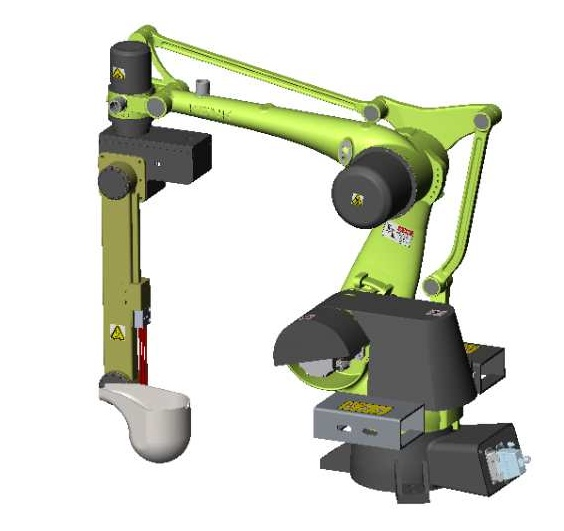
What is a Ladle Cup?
The primary focus of die casting is to inject the molten metal into the mold cavity at high speed and pressure. However, this approach has three key challenges:
- Maintaining temperature: the molten metal has to be kept at a temperature of 620-680 °C, which is commonly a challenge as it tends to cool down easily.
- Oxidation and slag inclusion: The exposure of molten metal to air causes it to form an oxide layer which results in porosity and inclusions in the casting.
- Flow accuracy: In relation to the speed and accuracy at which the metal is poured, an inaccurate measurement of +– 5 percent in volume results in overfilling or underfilling the cast, which is deemed as inefficient.
The intervention of the ladle cup is precisely to solve these pain points. The ladle cup acts as a buffer zone further isolating the injection chamber or mold gate thus, reestablishing the flow of the molten metal.
The ladle in die casting is used basically to collect and move molten metal from the furnace to the die casting machine. It can be used to hold materials under high temperature and pressure while retaining the stability of the liquid metal.
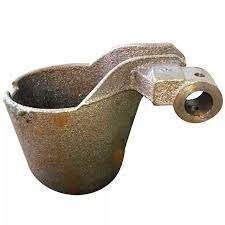
Key Reasons for Using a Ladle Cup
- Precise Metal Transfer
- Temperature Control
- Improved Safety
- Enhanced Efficiency
Key Benefits of Using a Ladle Cup
One of the key advantages of using a ladle cup is the accurate and controlled transfer of molten metal. The ladle cup ensures a steady and continuous flow of metal, a critical factor in the production of quality castings with minimal defects.
Maintains Metal Temperature During Transfer
The ladle cup retains the temperature of molten metal during transfer. This is important in avoiding metal hardening too early, which creates voids of weakness in the product. The ladle cup’s ability to maintain temperature ensures consistency during the uniform metal casting process.
Promotes Improved Safety
The ladle cup offers improved safety when moving the molten metal as the metal cut remains captured. This minimized the risks of spills and splashes, thus protecting the machine and the operators from dangerous hazards.
Enhances Overall Efficiency
The ladle cup eliminates disruption of moving the molten metal, thus reducing interruption and increasing production efficiency. The ladle cup also ensures steady production rate of metal, which is important in high-volume die casting operations.
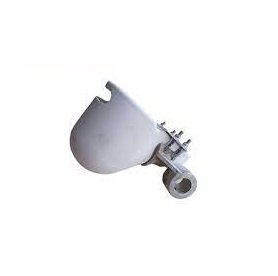
Features of a Ladle Cup
- High – Temperature Resistance
- Customizable Design
- Easy Integration
Temperature Resistance
Ladle cups are manufactured from materials which, as a result of their unique properties, are able to withstand the extreme temperatures of molten metal. This guarantees the longevity and effectiveness of the cup during the entire die casting process.
Adjustable
Ladle cups have the ability to be adapted to the specifications of various die casting machines and processes. These include the ladle cup’s different sizes, shapes, and even a specific volume to match the requirements of the production line.
Easy Integration
Ladle cups have been made to fit and be used with any die casting machines without much modification. These line integration and compatibility to various Equipment to enhance die casting operations makes the ladle cups versatile.

Consequences of not using a ladle cup
| Defect type | Cause mechanism | Impact on castings |
| Air entrainment and porosity | Liquid metal directly rushes into the runner, causing turbulence and entraining air | Mechanical properties decrease by 30–50% |
| Slag inclusion and cold shut | Unfiltered oxide scale and slag | Surface roughness exceeds the standard and sealing fails |
| Insufficient filling | Temperature loss leads to insufficient fluidity | Shortage of material in thin-walled areas, scrap rate ↑15% |
| Mold corrosion | High-speed liquid metal directly impacts the core | Mold life is shortened to less than 50,000 molds |
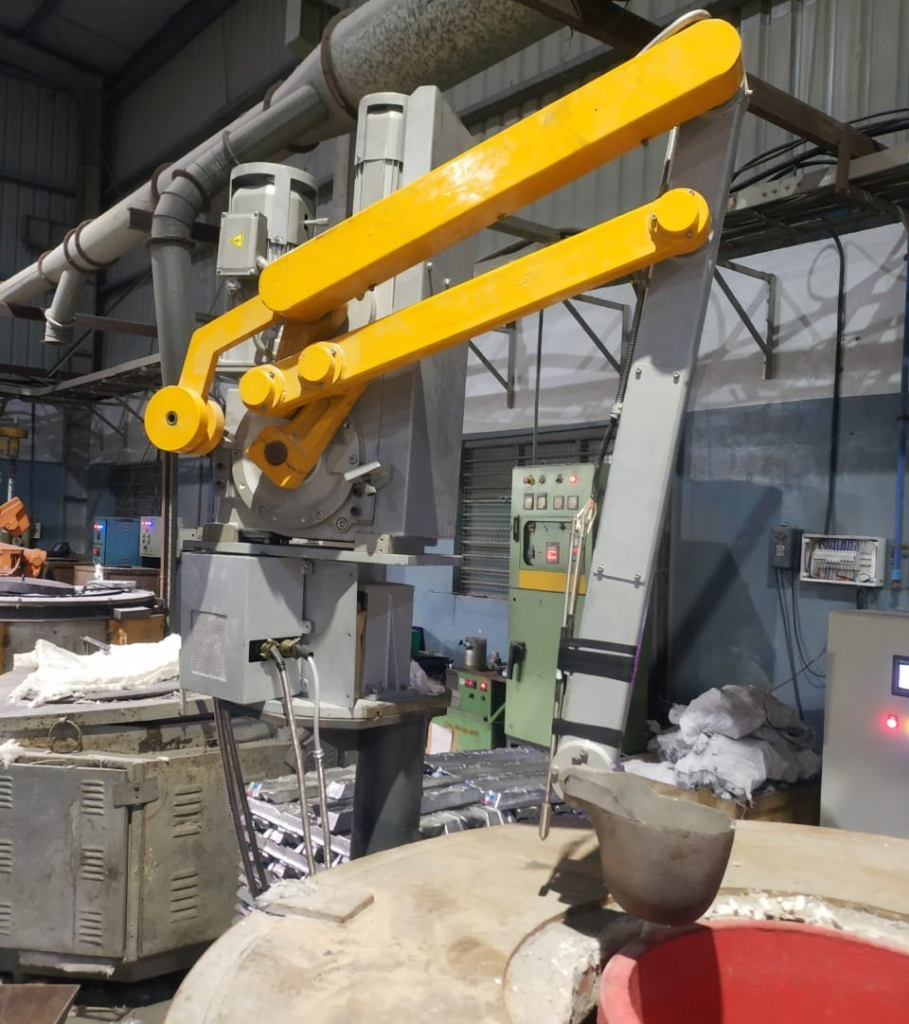
Hot chamber vs cold chamber die casting: Differentiated requirements for ladle cups
Cold chamber die casting (aluminum/copper/brass alloys)
- Necessity: ⭐⭐⭐⭐⭐
- The furnace is external, and a ladle cup is required to transfer the molten metal (such as the ladle designed by HAICHEN for cold chamber).
- Technical highlights:
- High temperature tolerance (>600°C)
- Fast pouring (≤5 seconds/time) to prevent solidification
Hot chamber die casting (zinc/magnesium/lead alloys)
- Necessity: ⭐⭐⭐
- The gooseneck is directly connected to the furnace, but the automation system still uses the ladle cup to pre-filter the molten metal.
- Technical highlights:
- Lightweight design (≤10kg) to match high-speed circulation
- Anti-alloy adhesion (magnesium alloy is easy to stick to the wall)
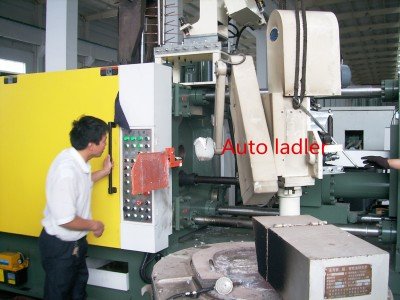
The pouring cup plays a key role in the die casting process. It can accurately control the flow of molten metal, maintain a stable temperature, and improve operational safety. When you fully understand the importance of the pouring cup and select the right model for your equipment, you can do this: continue to produce high-quality castings and make the entire production process smoother.



